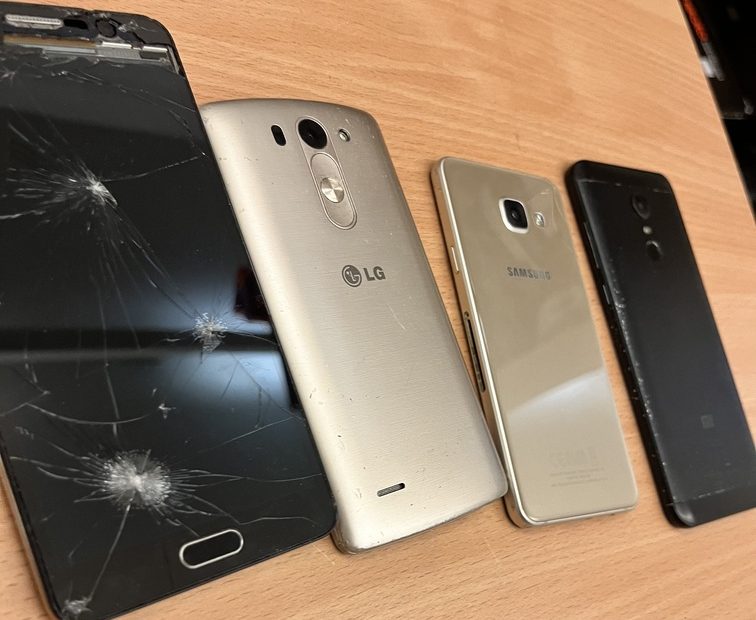The two most common types of mobile phone displays are LCD and AMOLED. LCD stands for liquid crystal display and is widely used due to its affordability and ease of manufacture. This type of display consists of an LCD layer sandwiched between two sheets of polarised glass. When electricity is applied to the liquid crystals, they rotate and spin, transmitting light and creating an image. AMOLED stands for Active-Matrix Organic Light Emitting Diode and is a newer display technology than LCD. It uses organic compounds in its construction that emit light when an electric current passes through them, rather than backlighting as in LCDs. This makes AMOLED displays brighter and more vibrant, but more expensive to produce.
Both types of screens have their advantages and disadvantages. LCDs are generally cheaper and consume less power, while AMOLEDs have better contrast levels, faster response times and wider viewing angles. Ultimately, there is no one-size-fits-all solution when choosing a mobile phone screen and the best option depends on individual needs and preferences. However, by understanding the differences between LCD and AMOLED displays, users can make an informed decision when choosing a phone with the right display for them.
In addition to these two technologies, there are other types of mobile phone displays such as OLED, e-ink and Quantum Dot. OLED (Organic Light Emitting Diode) is similar to AMOLED, but uses different organic materials for its construction. This type of display provides an even brighter image than AMOLED, but requires more power. E-Ink displays consist of small capsules filled with a coloured dye that reflects light, resulting in an ultra-low-energy display that is easy to see in direct sunlight. Finally, quantum dot displays are made up of tiny nanocrystals that emit different colours depending on the size of the crystal. This allows for incredibly accurate colour reproduction and high contrast ratios.
Each of these mobile phone display technologies has its own advantages and disadvantages, but they all offer the possibility of customising the device's display. By taking the time to learn about the different types of displays, users can find the most suitable one for their needs and ensure that their device provides them with maximum enjoyment.

